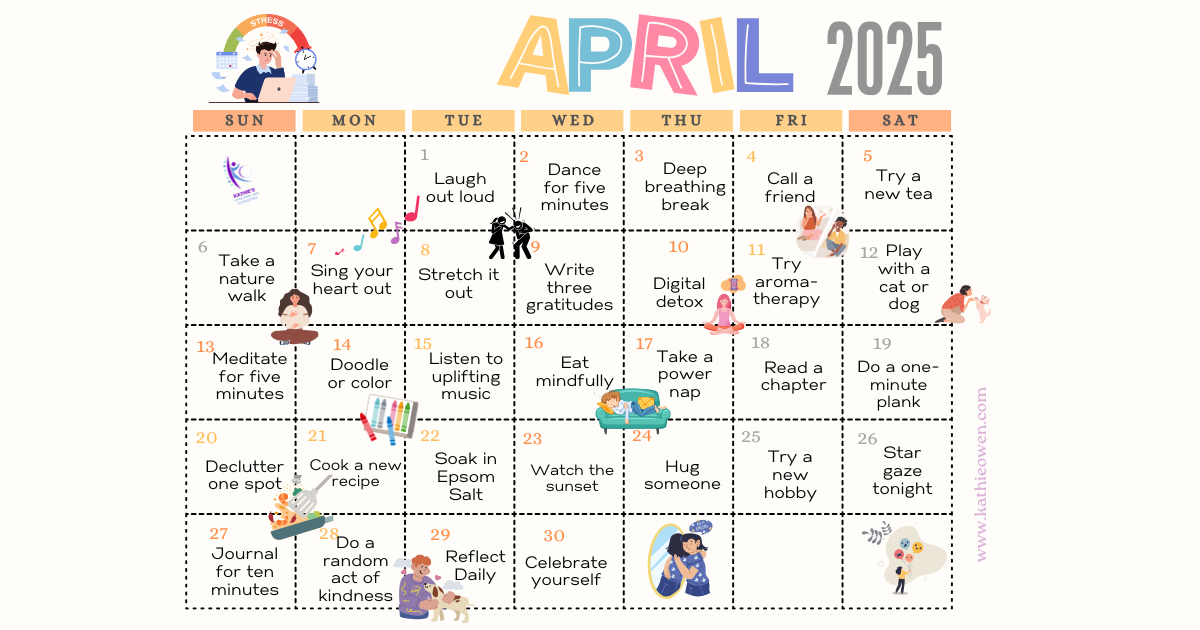The Neuroscience of Storytelling: Understanding How Stories Shape Our Brains and Behaviors
In the ever-evolving landscape of communication, storytelling stands out as a profoundly effective way to capture attention, engage emotions, and forge lasting memories.
It's not just an art form but a powerful neurobiological process that influences how we think, feel, and behave. This article delves into the neuroscience behind storytelling, exploring how narratives can significantly impact empathy, memory, and emotional connections.
The Brain on Stories 🧠
Human brains are wired to respond to stories differently than other forms of communication. When we hear data or facts, only the language processing parts of our brain activate to decode the meaning. However, when we listen to a story, not only do these language centers light up, but so do other areas of the brain that we would use if experiencing the events of the story ourselves.
Sensory Cortex Engagement:
Descriptions of scents, sounds, or textures in stories can activate the sensory cortex, making the listener feel as though they are experiencing the sensations themselves.
Emotional Resonance:
Emotional content in stories engages the amygdala, the brain's center for emotion processing. This helps the audience not just understand but feel the story's emotional ups and downs.
Mirroring and Empathy:
Listening to a story can activate the mirror neurons in our brains, which are responsible for empathy. These neurons help us 'mirror' the feelings, actions, or pain of another person, fostering a deep sense of empathy and connection.
Memory and Retention 📖
One of the most fascinating aspects of storytelling is its ability to enhance memory. A well-told story can be far more memorable than a list of facts or figures:
Contextual and Emotional Memory Storage:
Stories often provide context and emotional layers to information, making it easier for the brain to store and recall. Emotional experiences trigger the release of dopamine, the brain's 'reward' chemical, which helps to cement these memories.
Neural Coupling:
Storytelling leads to neural coupling, a phenomenon where the listener’s brain activity mirrors the storyteller's brain activity. This synchronization allows the listener to turn the story into their own ideas and experience, improving comprehension and retention.
Emotional Connection and Decision Making 💓
Stories do more than entertain; they can influence decisions by how they make us feel. The emotional impact of a story can play a significant role in persuasion and action:
Empathetic Foundations:
Stories that stir empathy can persuade listeners more effectively than logical arguments alone. By making listeners feel for the characters, stories can motivate listeners to adopt new perspectives or change behaviors.
Enhancing Persuasion:
The brain produces oxytocin when it experiences socially bonding or empathetic stories. This hormone is associated with feelings of trust and connection, which can increase a person's persuasiveness in conveying a message or idea.
Storytelling in Action 🎭
How can we apply this knowledge in practical settings, such as the workplace or education? Here are a few applications:
Education and Training:
Educators and trainers can craft lessons as stories, where complex subjects are woven into compelling narratives that engage students not just intellectually but emotionally.
Marketing and Branding:
Marketers can tell stories that connect consumers with brands on an emotional level, making products more memorable and enhancing brand loyalty.
Leadership and Management:
Leaders can use storytelling to inspire and unite teams, especially during change management or when conveying vision and values.
Conclusion: The Power of Narrative 📘
Understanding the neuroscience of storytelling doesn’t just enrich our appreciation for the art; it equips us with the tools to harness its power in our personal and professional lives. Whether through teaching, leading, or simply connecting with others, stories are not just about sharing information—they're about creating meaningful, resonant experiences that can last a lifetime.
As we continue to explore the capabilities of our own minds, let's not underestimate the simple yet profound power of a good story to transform our understanding, our relationships, and our actions. Engage with storytelling not just as a technique but as a pathway to deeper connections and more impactful communications.
Follow Kathie on Social Media
Kathie Owen, Corporate Wellness Consultant





















A leadership coach shares her personal journey of being fired for speaking up against toxic workplace culture, drawing parallels with Ted Lasso's themes of authentic leadership and courage. Her story illustrates how challenging systemic dysfunction often comes at a cost—but leads to greater freedom. #WorkplaceCulture #Leadership #TedLasso #ToxicWorkplace #CareerGrowth